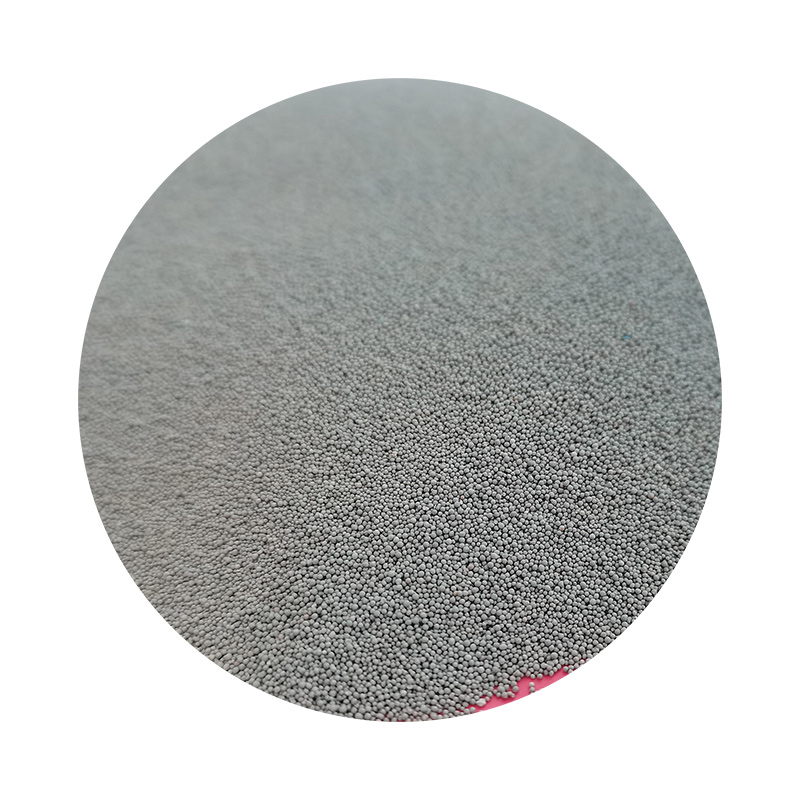How to Make Foundry Sand
Foundry sand is an essential component in the metal casting process, providing a suitable mold for shaping molten metal into desired forms. The right mix of sand, binders, and additives is crucial for ensuring the quality of castings. This article provides a detailed guide on how to make foundry sand, focusing on the materials, preparation, and procedures involved.
Materials Needed
1. Silica Sand The primary ingredient, silica sand boasts high thermal stability and permeability, enabling it to withstand the casting process without breaking down. 2. Bentonite Clay This natural clay is essential for binding the sand grains together, providing strength and flexibility to the mold.
3. Water Water is required to activate the bentonite clay and assist in achieving the desired consistency of the sand mixture.
4. Additional Additives Depending on the specific requirements, you may include coal dust, pitch, or other additives for improving the sand’s properties.
Step-by-Step Preparation
Step 1 Gather Ingredients
Start by sourcing high-quality silica sand, bentonite clay, and any additional materials you plan to use. Ensure all ingredients are clean and free from contaminants to avoid compromising the integrity of your mold.
Step 2 Sieve the Sand
Before mixing, it is vital to sieve the silica sand to remove any large particles or impurities. This step allows for a uniform grain size, which contributes to the overall quality of the foundry sand. Aim for a grain size between 60-70 mesh for optimal performance in molds.
how to make foundry sand

Step 3 Mix Sand and Bentonite
In a large mixing container or drum, combine approximately 90-95% silica sand with 5-10% bentonite clay. The exact ratios may vary depending on the specific application and desired properties. Use a shovel or mixer to blend the materials thoroughly, ensuring an even distribution of the clay throughout the sand.
Step 4 Add Water
Gradually add water to the sand and bentonite mixture while continuously mixing. The amount of water will depend on humidity and the desired consistency, but typically around 2-5% of the total weight of the sand mixture is used. The goal is to achieve a moldable consistency without making the mixture too wet.
Step 5 Test the Mixture
After mixing, it’s essential to perform a test to check the moldability of the sand. Take a small handful of the mixture and compress it to form a mold. It should hold its shape when released without crumbling. If it doesn’t, adjust the binder content and the water level accordingly.
Step 6 Store and Use
Once the desired consistency is achieved, store the foundry sand in a cool, dry place to prevent moisture absorption. The sand can now be used in the casting process. If it needs to be reused, ensure it is suitably treated or screened to maintain its properties.
Conclusion
Creating foundry sand involves a careful balance of silica sand, bentonite clay, and water. By following the above steps, you can produce high-quality foundry sand suitable for various metal casting applications. Always remember to adjust the mixtures based on specific project needs and perform quality tests to ensure optimal results in your casting endeavors. With the right preparation and attention to detail, you can contribute to the production of durable and precise metal components.
Post time:ოქტ . 31, 2024 20:41
Next:Exploring the Innovations and Applications of Sand 3D Printing Technology
